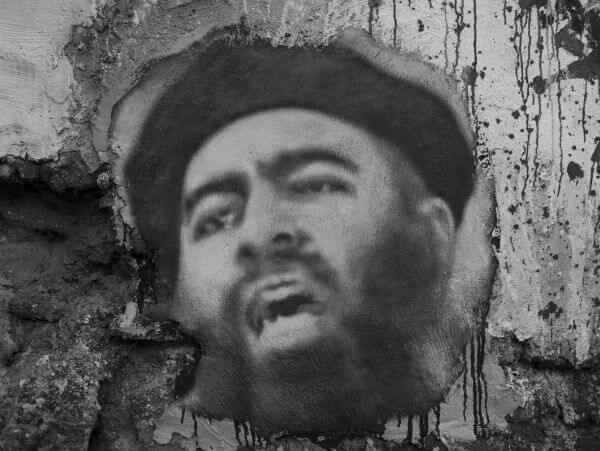Donald Trump’s presidential campaign was never birthed; it was always birthered. The man who, as his wife told a Vanity Fair reporter back in 1990, had a book of Hitler’s speeches in a cabinet by his bedside, has an unerring eye for how to wield anti-Muslim and anti-immigrant sentiments for his own benefit. Back in 2011, while considering a presidential run, he birthed his first version of the birther controversy, the claim that Barack Obama was born not in Hawaii but Kenya and so was the ultimate Muslim outsider (and an illegitimate president). It was his equivalent of dipping a toe in the political waters and testing the temperature before diving in — and he still credits that ludicrous claim with burnishing his reputation. (“I don’t think I went overboard. Actually, I think it made me very popular… I do think I know what I’m doing,” he said in 2013.) This time around, if Donald Trump has proven anything, it’s that he knows exactly what he’s doing and just what impact the symbols he calls up — from that Obama birth certificate to Arizona Sheriff Joe Arpaio — are likely to have. It’s clear enough that he’s been a student of the trade of demagogue, that he has a natural flair for it, and that when he births a new symbol, it tends to be potent.
None more so than the Wall (which should by now be capitalized). You know just what wall I mean without my writing another word. There’s only been one wall on the planet since his campaign began and, classically enough for our moment, it arrived by escalator. It came full blown, wrapped in a Trumpian ribbon, all 2,000 miles of it strung along the Mexican border of his mind, complete from day one with “rapists,” and the news that “they” were taking our jobs in return for “drugs” and “crime.”
A package deal, that wall arrived full grown on June 16, 2015, when Donald Trump and his present wife, Melania, descended by escalator from the heavens of Trump Tower in New York to announce his presidential bid to the planet. And that wall — the idea, that is, of purifying our American world of “them” by keeping undocumented immigrants out and getting rid of those already here — was from that moment at the heart of everything he did. As he said that day, “I would build a great wall, and nobody builds walls better than me, believe me, and I’ll build them very inexpensively, I will build a great, great wall on our southern border. And I will have Mexico pay for that wall. Mark my words.”
And they were worth marking. Anyone who has watched his rallies since knows that those words have become the call-and-response chorus at the heart of Trumpismo, our new nativist celebrity religion. That the wall (no less the idea that Mexico will cover the cost of building it) is a fantasy isn’t beside the point, it’s the point itself. What would you expect but a fantasy version of future American life from the presidential candidate nominated by The Apprentice, whose closest adviser is, by his own admission, himself. In such a world, the wish, however malign, is truly the father of reality and the world a fantasy object.
Unfortunately, such fantasies have real consequences, which is why TomDispatch asked Tanya Golash-Boza, author of Deported: Immigrant Policing, Disposable Labor, and Global Capitalism, to explore both the walling in and deportation dreams (or nightmares) of Trump and his rival Ted Cruz and what exactly to make of them. Tom Engelhardt
Day of the demagogue
Trumpian deportation fantasies and American realities
By Tanya Golash-Boza
In 2006, when I first began researching deportations, George W. Bush was president and quietly building a deportation machine in the Department of Homeland Security. Outside of small activist circles, few Americans knew that deportations had been rising since 1996 due to legislation signed by President Bill Clinton. Nor could anyone then have imagined that the next President would be a Democrat, the son of a Kenyan immigrant, and would make Bush look like a piker when it came to record-high deportations. Nor, for that matter, would anyone have dreamed that deportation would become a — possibly the — signature issue of the 2016 presidential campaign.
And yet, all of this and more has come to pass in a blistering season of demagoguery, nativism, and outright racism. As again would have been unimaginable a mere decade ago, Republican front-runners Donald Trump and Ted Cruz have both promised to deport every last one of the estimated 11 million undocumented migrants in the United States, the whole lot of them, while as a bonus banning Muslims from the country. Trump gave his particular proposals a special twist by labeling Mexicans coming across the border as “rapists,” and immigrants more generally as “snakes.”
Continue reading →






